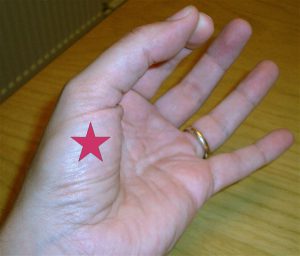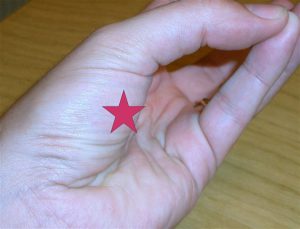OK, this is pretty far removed from the norm of an IT blog, but it is the weekend so I feel it’s allowed. The topic has some technical (practical) aspects, and is something I’ve been talking with a few people about lately.
I’ve seen various techniques on how to cook steak properly, but I came across one individual’s website (which, frustratingly, I can no longer find) a few years ago, which summarised everything beatifully and set me trying out a few different ways from the norm. In a nutshell: cook the steak from room temperature, oil the meat and not the pan, use a pan as hot as you can, and let the steak rest for at least as long as you cooked it.
It’s all about heat
I used to work in a professional kitchen. Well, I was a waiter in a nice restaurant, which meant I spent a bit of time in a pro kitchen (generally on the “other” side of the hot plate). Professional chefs seemingly have a duty to verbally abuse their waiting staff, which mine did with gusto if not applomb.
Several years later, I was being shown round a call centre (as The Client), when I recognised one of the chefs who’d been giving me verbal, was now trying to sell software over the phone. Presumably, the world of cooking hadn’t worked out for him quite as he’d hoped.
Anyway, one thing I learned about cooking steak back then was, it’s all about heat. Now the trick to cooking a good fillet steak (and that’s pronounced fill-it, not fill-eh, unless you currently live in France), is to try to get close to restaurant kitchen heat levels in a domestic kitchen. It can make for a lot of smoke, but it’s very effective. Here’s the deal…
-
- Take your fillet steak out of the fridge at least 20 minutes before you want to cook it, to allow it to get to room temperature. Taking a cold steak and throwing straight onto hot metal won’t do anything for the tenderness of the end result.
-
- Pat the steak with kitchen roll to remove any excess moisture (if the meat is wet, when you put it on the heat, that water will vapourise and only form a barrier between the steak and the heat source).
-
- Once patted dry, rub a little sunflower or vegetable oil into the steak, with your fingers (don’t use olive oil – it burns at too low a temperature), and leave to sit for a few minutes. Season with salt & pepper if you like.
-
- Put a small, dry, frying pan on maximum heat on the biggest ring/burner on your hob. Leave it there for a least a couple of minutes. In the meantime, go and open some windows. Things are likely to get smokey. I’ve heard of some people leaving the pan on heat for as much as 10 minutes, but you might struggle to see the cooker by the time you’re ready to put the fillet on.
- When the pan is as hot as you can suffer, gently place the steak onto the surface. After 30 seconds or so, move it so it doesn’t stick and burn. Now it’s a straight function of how hot your pan is, how big the steak is, and how you like it cooked, which will determine how long to leave it there. I tend to find 2-3 minutes each side will give a nice medium-rare on a decent sized fillet on a pan that’s been on heat for a few minutes.
There’s a trick to being able to tell when the steak is properly cooked, and it involves prodding your own hand. Pressing on the surface with your finger, you’ll feel the flesh give way a little, and it should be about the same firmness as if you press with the finger on the fleshy part of your hand when pinching thumb and fingers together. It’s easier to show than describe:
So if you touch thumb and index finger, the firmness of your hand will be about the same as a rare steak, while thumb and little finger will be more like well done. Experience and practice will help you out here, and don’t be scared of cutting the steak to check it’s cooked as you’d like – better a well-cooked dish with a cut in the middle, than an undercooked but nicely presented one.
I can’t really understand wanting to cook a lovely fillet of beef to “well done”. You might as well save a bit of cash and buy a cheaper cut. In fact, according to Anthony Bourdain (and I’ve heard this of other chefs too), the skankier bits of beef get set aside for serving to restaurant customers who like their meat good ‘n burnt – with a label on the meat saying “SFWD”, or “Save For Well Done”.
Finally, take the steak off the heat and put on a warmed plate and just let it rest for 10 minutes or so, before serving. You might want to deglaze the pan with a little red wine and maybe a knob of butter, to make a nice sauce. Mmmmmmmmm.

